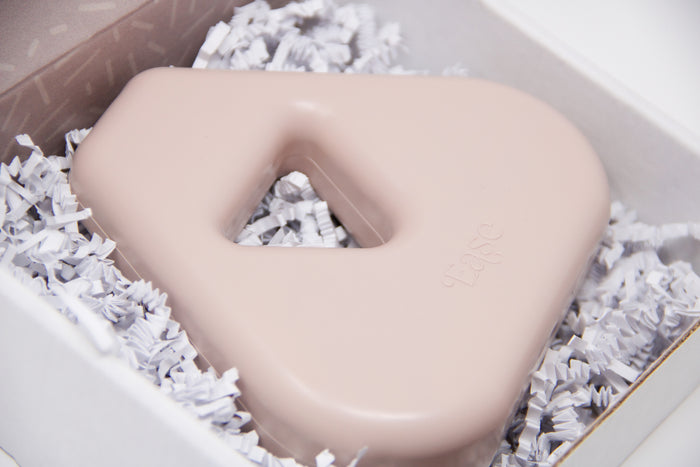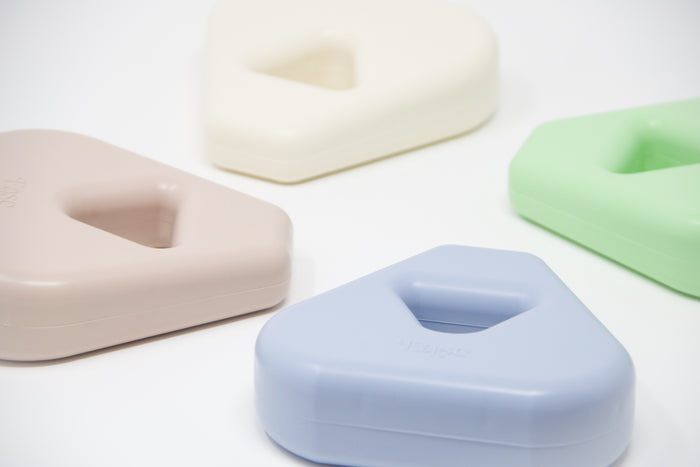Common Constipation Myths

Bowel movements are an important part of our life that help us understand our health, our diets, and our pains. One common condition most people experience at some point is a struggle with constipation. When this happens, it’s important to know exactly what constipation is, why it may be happening, and how to better manage it. Before you panic without warrant, or start treatment options that may not target the root cause, let’s bust some myths that are out there about constipation.
Myth 1: Fiber foods will fix constipation.
Although fiber absolutely plays a role in the digestive systems, not all fiber affects your constipation. We know well now that food absolutely can be medicine, so when you first experience constipation and you find yourself asking the internet how to fix it, a common suggestion is to increase your fiber intake. Dietary fiber absolutely can help constipation symptoms if you are ingesting the right kind.
There are two kinds of dietary fiber: soluble and insoluble. Soluble fiber is good for you and helps your body absorb nutrients found in food, but it acts to slow digestion––not what you want when you’re constipated. Insoluble fiber, in contrast, adds bulkiness to your stool and draws water into it, helping the stool move easily and quickly through the intestines. It’s important to stick to the insoluble fibers found in foods such as wheat bran, whole grains, cereal, seeds, and many fruit skins when you are attempting to improve your bowel movements.
Myth 2: Holding it in as long as you can will help it happen quickly.
The logic of holding it in may seem correct. For example, you get to the toilet and you push… push… push. Nothing happens, your body aches, and the tension on your lower half is unbearable. So, you think, “If I hold it and wait until I have to go badly, it’ll come right out.” We’ve all been there. Unfortunately, waiting until the last minute can actually worsen your constipation symptoms. Because bowel movements are a way of ridding the body of its waste, holding that waste in can lead to further complications such as, fecal impaction, distension, and long-term inflammation of the colon.
Be sure to go when you feel the urge, and in the case of difficulty, using a natural remedy like Ease can help the stool pass efficiently.
Myth 3: Only my diet can cause constipation.
Yes, diet can play a strong hand in causing constipation symptoms, however, constipation can also be caused by the following: lack of exercise, changes in routine such as traveling or bedtime adjustments, stress, and many medications. It is important you evaluate your health as a whole when determining how to treat your constipation symptoms.
Myth 4: A healthy person poops everyday.
A healthy person poops… as often as they do. There is no generally accepted number of bowel movements a person should have a day. Many estimates state that a normal, healthy range can fall between three movements a day to three a week. If you are pooping less than everyday, that isn’t a concrete sign that you have constipation though it can be an early indicator. Be sure to monitor your digestive system’s timing and compare it to what is most common for you. Then ask yourself these questions:
- Is it strenuous or painful when I poop?
- Is my stool hard?
- Have I had changes in my diet, daily life, or exercise routine?



